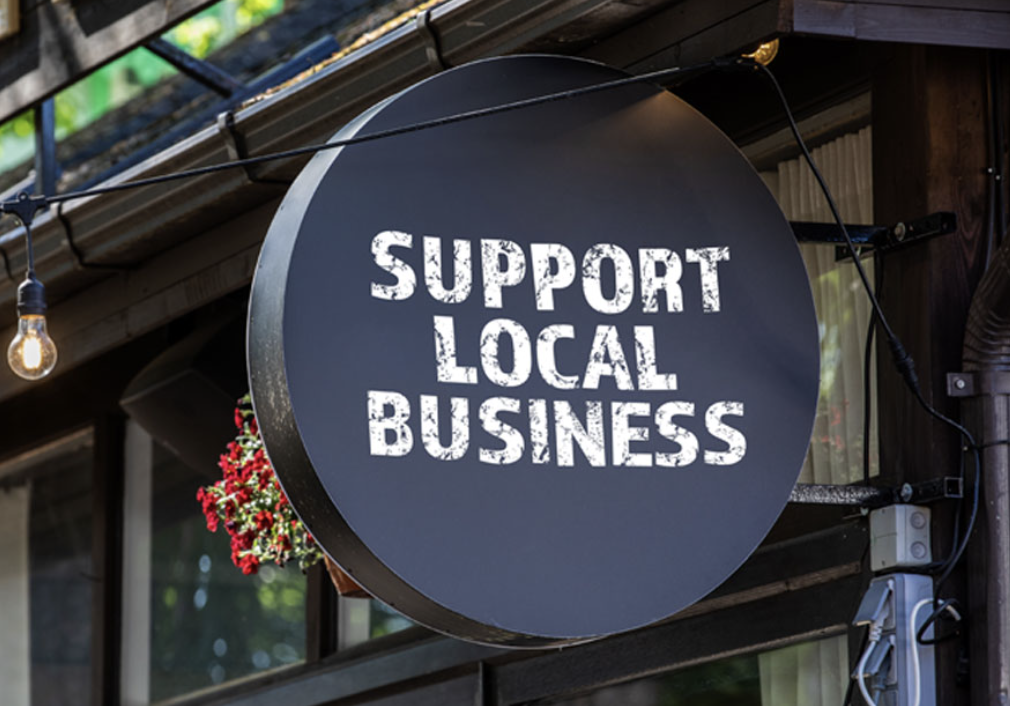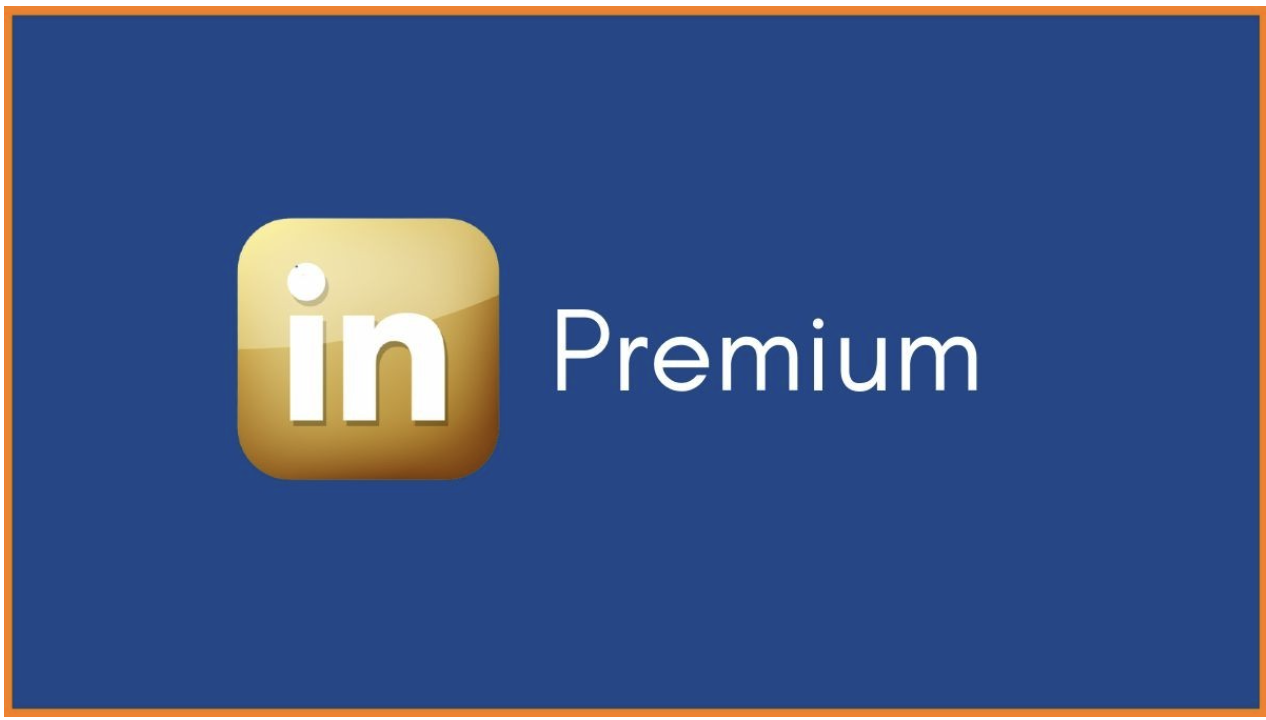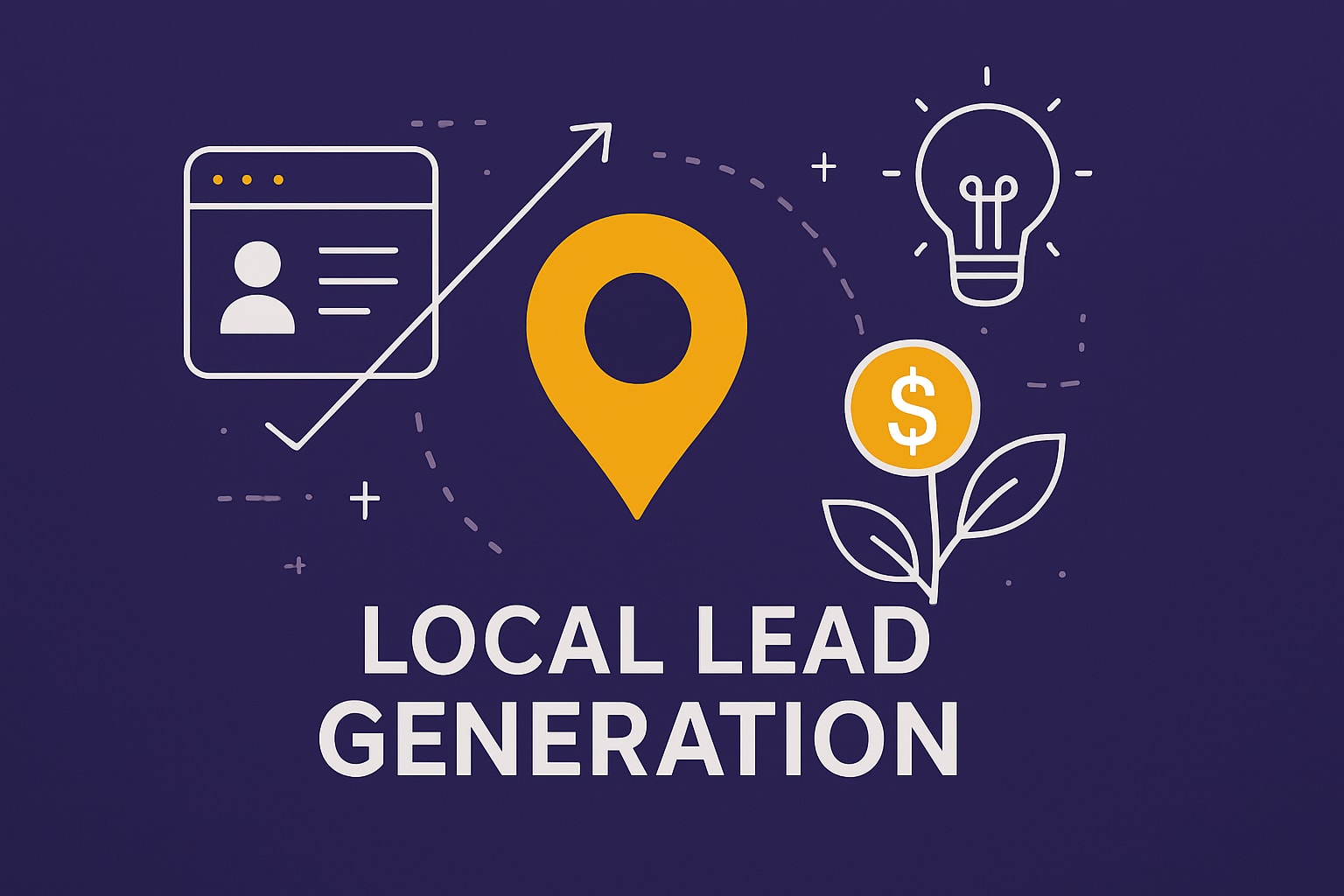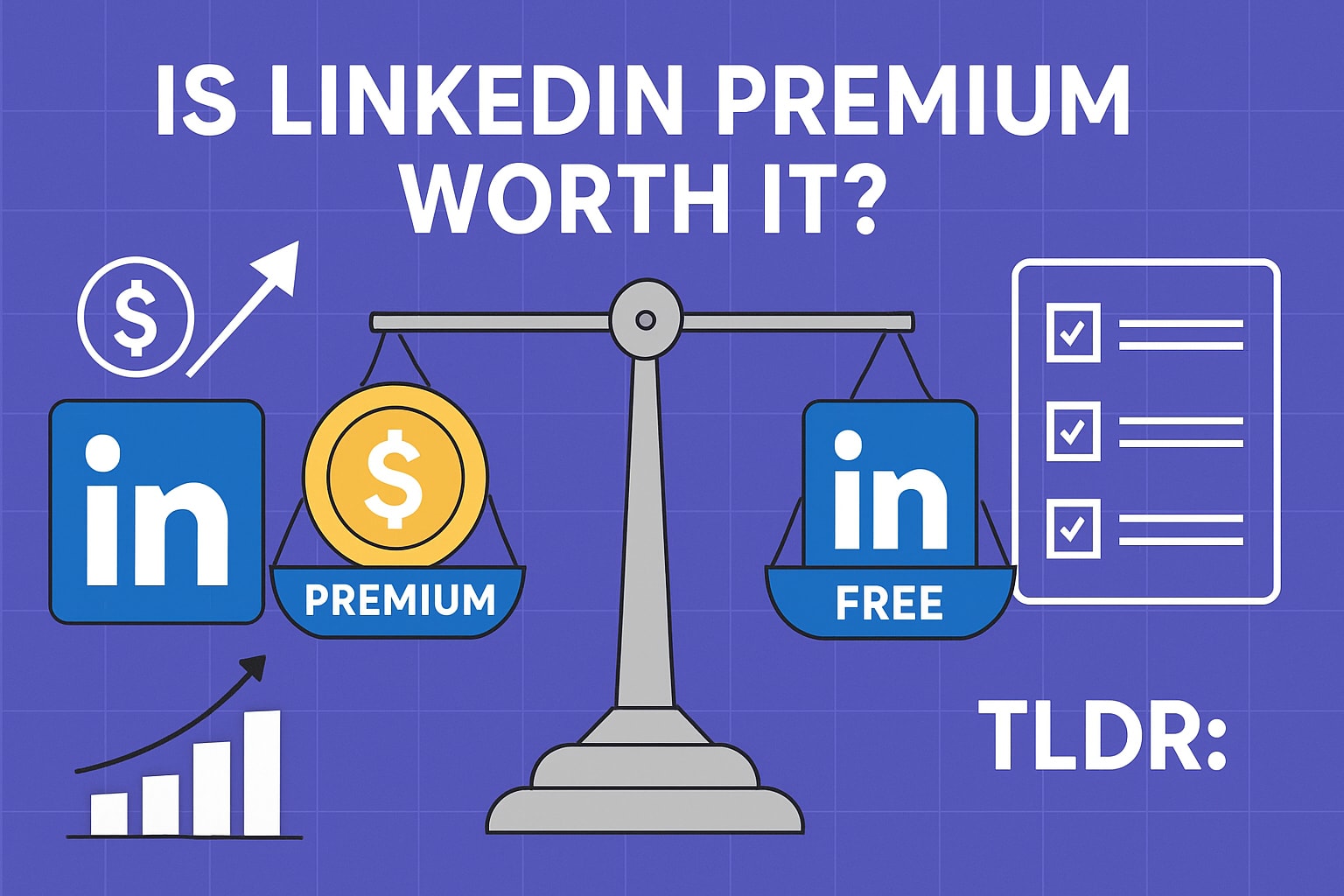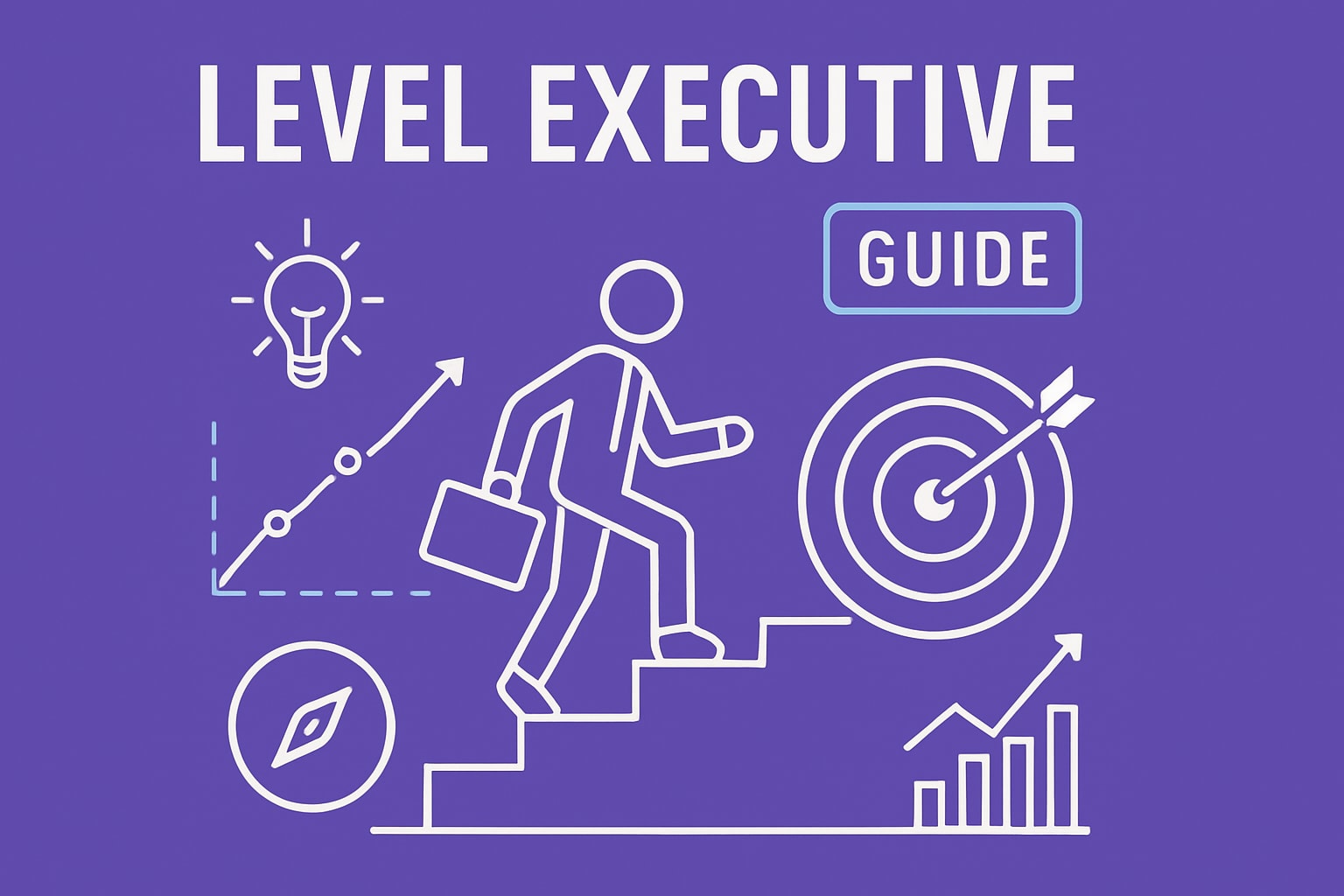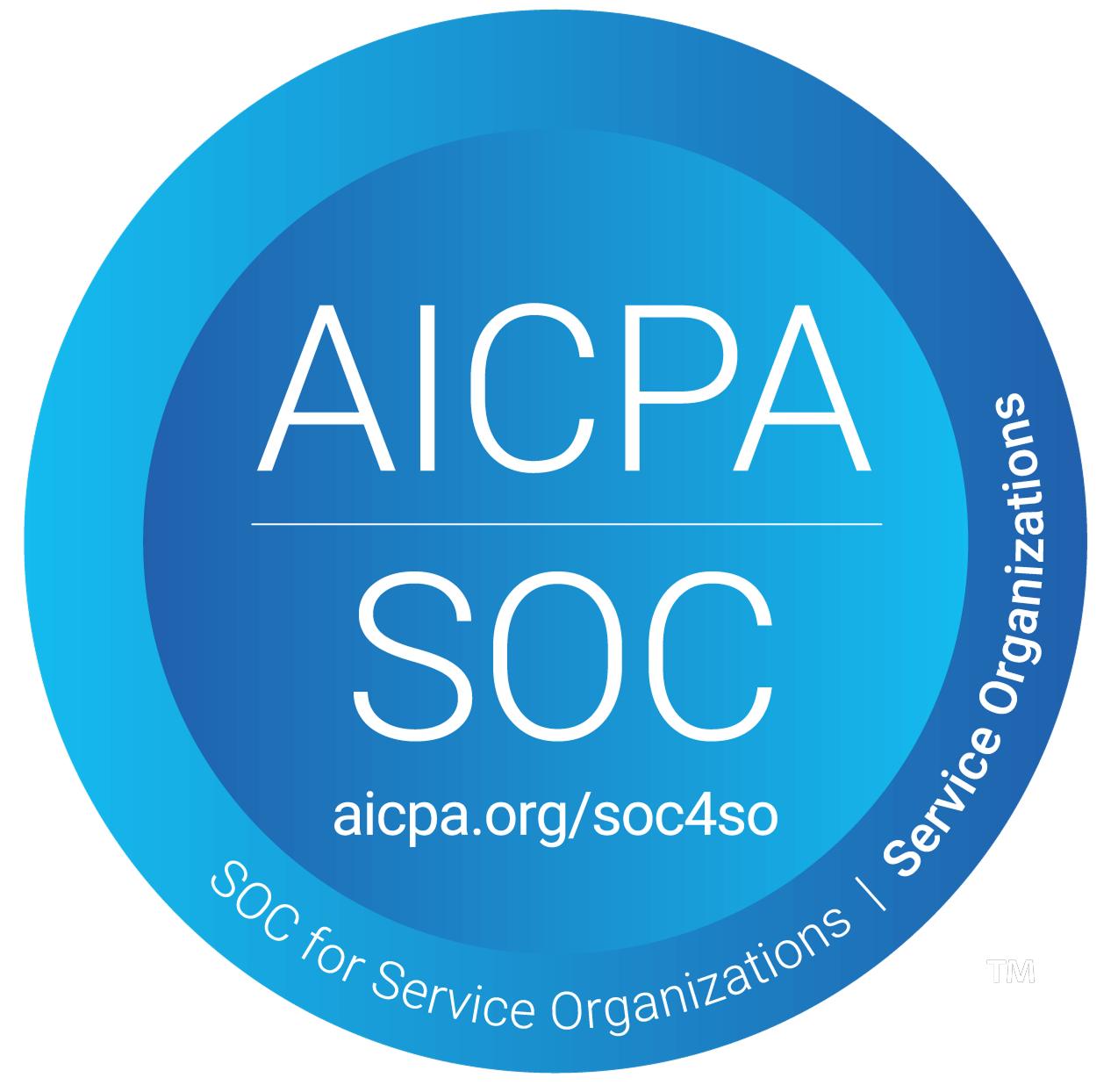Imagine a world where every online experience feels as if it was crafted just for you. This is how personalization means a complete shift in digital interactions in 2025.
With breakthroughs in AI and data analytics, brands can now connect with customers in ways that were once impossible. Companies that excel at personalization see up to 40% higher revenue, according to McKinsey.
In this guide, you will discover how personalization is evolving, why it matters more than ever, and how you can harness its power. Explore the key benefits, technologies, challenges, and the future outlook for 2025.
What Does Personalization Mean in 2025?
Personalization means delivering experiences and content that feel uniquely tailored to each individual. In 2025, this approach is no longer optional, it's an expectation. Let's explore how personalization means something very different today than it did just a few years ago.
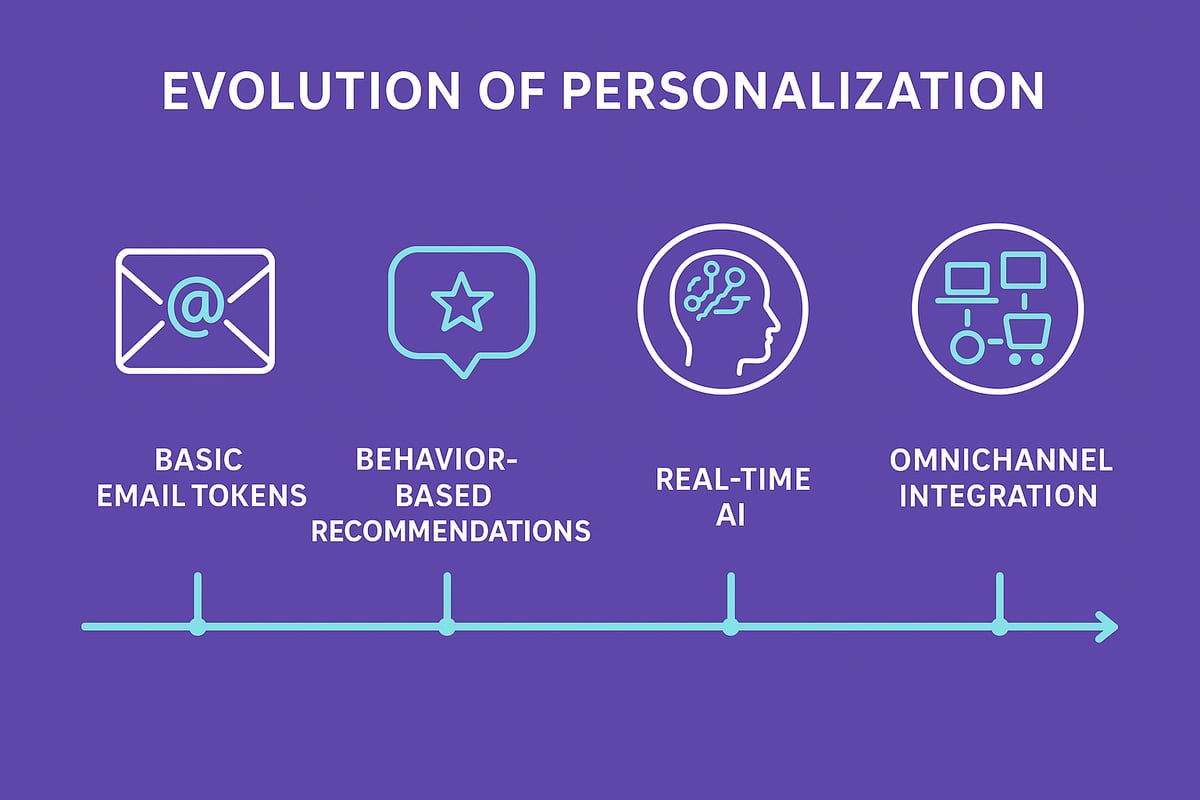
Evolution of Personalization: From Static to Dynamic Experiences
Personalization means more than just using a customer's first name. It has evolved from simple segmentation to delivering real-time, AI-powered experiences. In the early days, marketers grouped customers by broad categories. Today, brands like Netflix use advanced data analysis to provide hyper-personalized recommendations based on viewing habits.
This shift from static lists to dynamic, contextual interactions is profound. For example, 80% of consumers are more likely to purchase from brands that offer personalized experiences, according to Epsilon. Brands that understand what personalization means in this new era are setting the standard for customer engagement.
Defining Personalization Today: Scope and Applications
Personalization means adapting to customers across every channel. Whether through email, web, mobile apps, social media, chatbots, or even in-person interactions, the goal is consistent: make each touchpoint relevant. There are different levels, from targeting segments to delivering micro-moment personalization in real time.
Use cases span industries. E-commerce sites recommend products based on browsing. B2B teams tailor outreach to decision-makers. Healthcare platforms deliver content based on patient needs. Spotify's Discover Weekly playlist is a standout example of individual-level personalization. For a deeper dive into what personalization means and why it matters, see What is Personalization and Why It Matters.
The Role of AI and Machine Learning
Today, personalization means using AI and machine learning to anticipate and adapt to customer needs instantly. These technologies analyze large volumes of data to predict preferences and deliver relevant experiences in real time. Amazon, for example, uses machine learning models to recommend products the moment a user lands on the site.
This shift allows brands to move beyond reactive personalization and offer proactive solutions. AI-driven personalization means every interaction is informed by up-to-the-moment insights, making the customer journey feel seamless and intuitive.
Personalization vs. Customization: Key Differences
It's essential to distinguish what personalization means compared to customization. Personalization means automated, data-driven adjustments made by the brand, while customization is when users manually choose their preferences.
| Aspect | Personalization Means | Customization |
|---|---|---|
| Who initiates | Brand (automated) | User (manual) |
| Example | Netflix recommendations | Nike custom shoes |
| Scale | Instantly scalable | User by user |
| Data dependence | High (AI, behavioral data) | Low to moderate |
Knowing when to use each approach is crucial. Personalization means seamless, behind-the-scenes adaptation. Customization empowers users with control. Both can coexist for maximum impact.
The Business Impact of Personalization
Personalization means more than just addressing customers by name. In 2025, it is a proven driver of business growth, shaping how companies attract, engage, and retain customers. Brands that leverage personalization see measurable gains in revenue, loyalty, and efficiency.

Revenue Growth and ROI
Personalization means unlocking significant revenue opportunities. According to McKinsey, companies excelling at personalization generate 40 percent more revenue than competitors. By delivering relevant content and offers in real time, brands drive higher conversion rates and average order values.
Sephora’s personalized beauty recommendations are a prime example. Their tailored approach not only increases sales but also deepens customer engagement. In the B2B SaaS space, targeted messaging has proven to accelerate pipeline velocity and deal closures. For a broader view of these trends and supporting data, explore the marketing personalization statistics shaping business growth in 2025.
Customer Loyalty and Retention
What personalization means for loyalty is clear: customers stay loyal to brands that recognize and value them. Research shows 72 percent of consumers engage only with personalized messaging. This sense of recognition builds trust and encourages repeat purchases.
The Starbucks Rewards app is a standout. By offering personalized deals and suggestions, Starbucks keeps customers coming back, turning occasional buyers into loyal advocates. When customers feel understood, their bond with the brand strengthens.
Reducing Churn and Increasing Lifetime Value
Personalization means fewer customers slip away. By delivering experiences that matter to each user, companies reduce churn and boost lifetime value. Streaming platforms excel here, using data to recommend shows and movies tailored to individual tastes.
As a result, subscribers are more likely to renew, explore new content, and invest in premium features. The right message at the right moment transforms casual users into long-term supporters.
Competitive Differentiation
In crowded markets, personalization means standing out. Brands that offer unique, relevant experiences rise above the noise and capture attention. Direct-to-consumer brands have disrupted entire industries by making shoppers feel seen and heard.
By prioritizing personalization, companies differentiate themselves and build lasting relationships. The result is a powerful competitive edge that is hard for rivals to replicate.
Cost Efficiency and Marketing Effectiveness
Finally, personalization means smarter spending. Tailored campaigns reduce wasted ad budgets, as messages reach only the most relevant audiences. Conversion rates climb, and marketing teams achieve more with less.
With personalization, every dollar works harder. Marketers can optimize resources, measure impact, and refine strategies for maximum effectiveness.
Personalization Technologies and Tools for 2025
The landscape of personalization means constant evolution, especially as we approach 2025. Brands now require advanced tools to deliver experiences that feel both relevant and timely. Let’s explore the technologies shaping what personalization means for modern businesses.
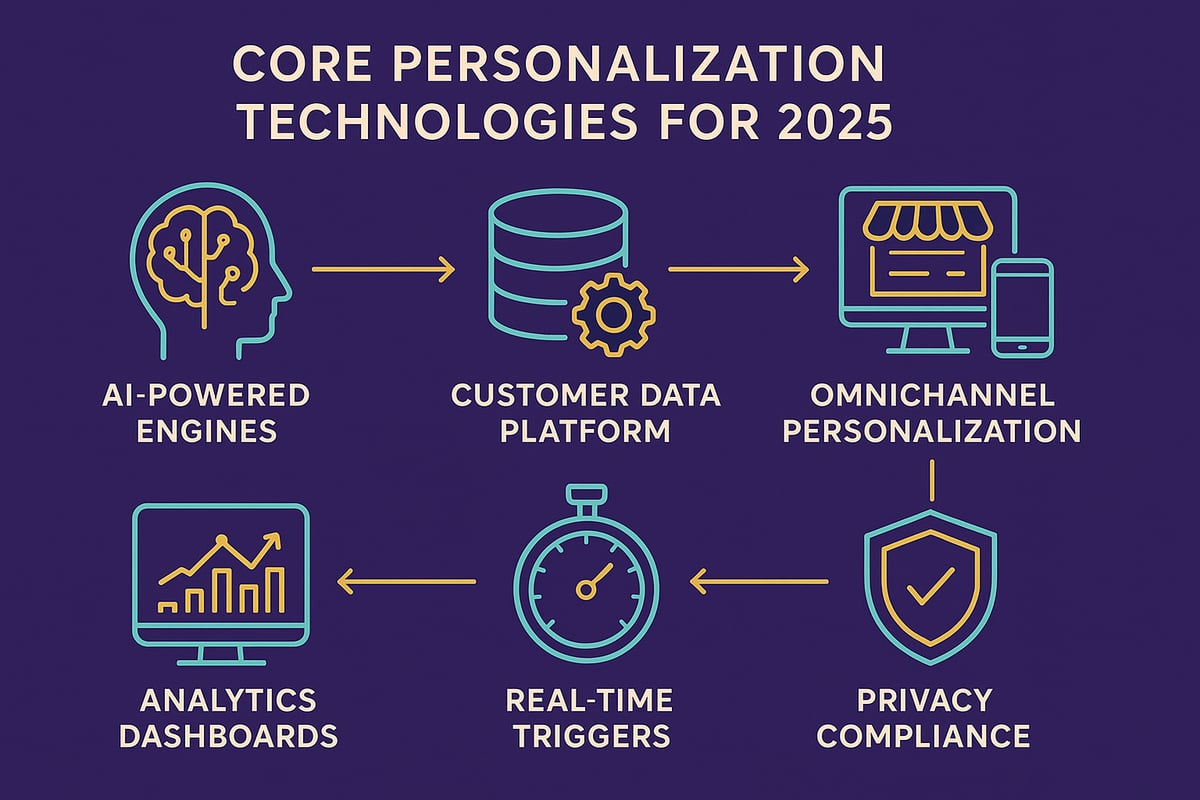
AI-Powered Personalization Engines
AI-powered engines are at the heart of what personalization means today. Platforms like Dynamic Yield, Salesforce Einstein, and Adobe Target use machine learning to automate and optimize every interaction. These engines analyze real-time data, predict user intent, and deliver tailored content or recommendations instantly.
For example, retailers can use these platforms to show dynamic product suggestions based on browsing history, increasing both engagement and conversions. If you want to understand how AI scales these efforts, Personalizing Outreach at Scale with AI offers a deeper dive into practical applications.
Popular AI-Powered Engines:
- Dynamic Yield
- Salesforce Einstein
- Adobe Target
| Platform | Key Strength | Use Case Example |
|---|---|---|
| Dynamic Yield | Real-time offers | E-commerce recommendations |
| Salesforce Einstein | Predictive analytics | Email personalization |
| Adobe Target | A/B testing | Website content tailoring |
Customer Data Platforms (CDPs) and Data Management
A critical part of personalization means having a unified view of your customer. CDPs like Segment bring together data from web, mobile, CRM, and offline sources, ensuring brands have accurate, holistic profiles.
Maintaining data hygiene is vital. Clean, well-organized data allows for deeper insights and more effective personalization means. Segment’s CDP is a standout, enabling brands to deliver consistent messaging across every channel.
- Aggregate data from multiple sources
- Maintain data accuracy and compliance
- Enable real-time profile updates
Omnichannel Personalization Solutions
Omnichannel solutions define what personalization means in 2025. They allow businesses to deliver seamless experiences across web, mobile, email, and even offline.
Disney’s MagicBand is a prime example. It connects digital and physical experiences, letting guests unlock hotel rooms, access rides, and receive personalized offers in real time. This approach ensures customers feel recognized and valued everywhere.
- Integrate data across channels
- Ensure consistent messaging
- Enhance in-person and digital interactions
Real-Time Personalization and Trigger-Based Outreach
Reacting instantly to customer behavior is now a core part of what personalization means. Real-time personalization tools monitor user actions and trigger relevant outreach automatically.
For instance, e-commerce sites can offer discounts if someone lingers on a product page, nudging them closer to purchase. These timely interventions boost engagement and reduce friction in the customer journey.
- Analyze user behavior in real time
- Trigger dynamic content or offers
- Improve conversion rates with instant responses
Privacy-First Personalization: Navigating Regulations
With evolving regulations, personalization means balancing relevance with respect for privacy. Tools now help brands comply with GDPR, CCPA, and prepare for a cookieless future.
Successful personalization means earning user trust. Solutions prioritize user consent, transparent data practices, and secure data storage. By focusing on privacy-first design, brands can personalize confidently and ethically.
- Manage user consent and preferences
- Adapt to changing data laws
- Build transparent, trustworthy experiences
Measuring and Optimizing Personalization Efforts
Continuous improvement is at the core of what personalization means for forward-thinking brands. Modern analytics dashboards track engagement, conversions, and retention, making it easy to test and refine strategies.
Key metrics to monitor:
- Engagement rate
- Conversion rate
- Customer lifetime value
- A/B test results
Brands that measure and optimize effectively unlock the full potential of personalization means, ensuring every interaction drives results.
Implementing Personalization: A Step-by-Step Guide
Personalization means more than just greeting customers by name in 2025. To truly unlock the power of tailored experiences, you need a structured approach. Here’s a proven, step-by-step guide to help you implement personalization means in your organization and maximize value at every stage.
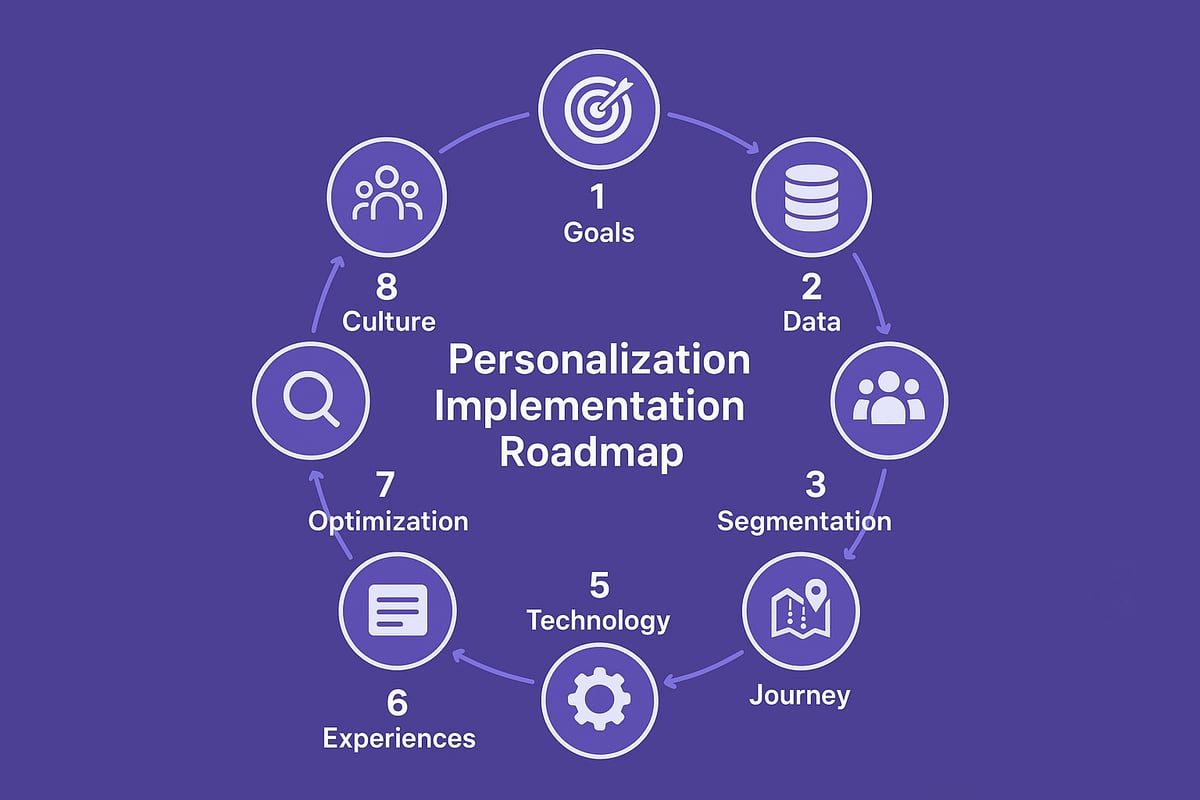
Step 1: Define Your Personalization Goals and KPIs
Begin by clarifying what personalization means for your business. Set clear objectives, such as boosting customer acquisition, reducing churn, or increasing upsell rates. Identify KPIs that align with these goals, like conversion rates, customer lifetime value, or engagement metrics.
- Align with business strategy
- Make KPIs measurable and actionable
- Involve stakeholders in goal setting
When everyone understands what personalization means and how success will be measured, your team can focus on tactics that drive results.
Step 2: Collect and Unify Customer Data
To deliver what personalization means in 2025, you need a comprehensive view of your customers. Aggregate data from all touchpoints—web, CRM, social, offline, and more. Build unified profiles that combine behavioral, transactional, and demographic information.
- Integrate POS and online data sources
- Ensure data quality and hygiene
- Use Customer Data Platforms (CDPs) for consolidation
A holistic data foundation is essential for accurate personalization means and seamless experiences.
Step 3: Segment Your Audience Intelligently
Effective segmentation is at the heart of what personalization means today. Move beyond basic demographics to include behavioral and psychographic insights. Identify high-value segments and prioritize them for targeted campaigns.
- Use advanced analytics for deep segmentation
- Create micro-segments for tailored outreach
- Continuously update segments based on new data
For B2B marketers looking for actionable advice, the Why Personalisation Works in B2B Marketing guide offers practical strategies on maximizing impact through intelligent segmentation.
Step 4: Map the Customer Journey and Identify Key Triggers
Mapping the customer journey clarifies where personalization means the most. Chart every touchpoint, from awareness to loyalty. Identify triggers—like cart abandonment or onboarding milestones—that present opportunities for tailored engagement.
- Visualize the full customer lifecycle
- Pinpoint high-impact moments
- Assign triggers to automated or manual responses
When you know where and when to act, personalization means delivering value at the right time.
Step 5: Select the Right Personalization Technologies
Choosing technology is a pivotal step in realizing what personalization means for your brand. Evaluate platforms for scalability, integration, and AI capabilities. Prioritize tools that support privacy compliance and secure data management.
- Compare AI-powered engines, CDPs, and analytics suites
- Test integration with existing stack
- Ensure solutions are future-proof
Investing in the right tech stack ensures your personalization means strategy is both effective and sustainable.
Step 6: Create Personalized Content and Experiences
Dynamic content is where personalization means becomes tangible for customers. Build adaptive messaging, personalized offers, and product recommendations that respond to user behavior in real time.
- Use modular content blocks for flexibility
- Automate offers based on user actions
- Personalize both digital and offline experiences
Personalization means standing out by making every customer feel understood and valued.
Step 7: Test, Measure, and Optimize Continuously
Continuous improvement is central to what personalization means in a fast-moving market. Run A/B and multivariate tests to validate the impact of your efforts. Use analytics to refine tactics and scale what works.
- Monitor engagement, conversion, and retention metrics
- Iterate based on test results
- Close feedback loops with real user data
Optimization ensures your personalization means strategy evolves with changing customer needs.
Step 8: Foster a Personalization-First Culture
A personalization-first mindset drives long-term success. Train teams to prioritize the customer in every decision. Encourage experimentation and cross-functional collaboration to keep your approach fresh and effective.
- Provide ongoing education and best practices
- Celebrate wins and share learnings
- Make customer-centricity a core value
When your culture supports personalization means, innovation and growth follow naturally.
Overcoming Personalization Challenges
Navigating the evolving landscape of what personalization means in 2025 requires overcoming several significant challenges. As brands seek to deliver seamless, relevant experiences, they must address privacy concerns, data integration, automation balance, scalable content, and accurate measurement. Let’s break down each obstacle and explore proven strategies for success.
Data Privacy and Consumer Trust
For brands, building trust is non-negotiable. With regulations like GDPR and CCPA constantly evolving, companies must make privacy a top priority. Modern consumers expect transparency about how their data is used and want clear, opt-in experiences.
To meet these demands, organizations must implement robust consent management and provide accessible privacy policies. Apple’s App Tracking Transparency feature has set new standards for user control, influencing how personalization means responsible stewardship of data. According to Personalization marketing perspectives, most marketers recognize privacy as a leading factor shaping personalization in 2025.
- Always obtain explicit consent
- Offer easy opt-out options
- Communicate data usage openly
When trust is earned, customers are more willing to share information, enabling richer personalization.
Data Silos and Integration Issues
A unified view of the customer is the foundation of effective personalization. Many organizations still struggle with data silos—fragmented information across web, CRM, social, and offline channels. This fragmentation undermines what personalization means for delivering cohesive customer journeys.
To break down these silos, invest in Customer Data Platforms (CDPs), cloud integrations, and robust APIs. For example, financial service providers are merging offline and online data to enable tailored offers across all touchpoints.
- Centralize customer data with CDPs
- Use APIs for cross-platform integration
- Prioritize data hygiene and accuracy
Unifying data ensures that every interaction reflects the customer’s current needs and preferences.
Balancing Automation and Human Touch
While automation powers scale, too much can diminish the personal aspect of what personalization means. Customers can sense when interactions feel robotic or overly intrusive. The goal is to blend AI-driven triggers with authentic human engagement.
For high-value moments, such as B2B sales or complex service inquiries, human intervention adds trust and relevance. Automated outreach can flag opportunities, but real people should handle nuanced conversations.
- Use automation for simple, repetitive tasks
- Reserve human touch for complex or sensitive cases
- Continuously monitor customer feedback
Finding the right balance keeps experiences both efficient and genuinely personal.
Content Scalability and Resource Constraints
The demand for personalized content is surging, but many teams lack the resources to keep pace. To deliver what personalization means at scale, organizations are turning to AI-generated content and modular creative assets.
News publishers, for instance, use AI to individualize headlines and stories for millions of readers. By adopting dynamic templates and reusable content blocks, brands can efficiently produce tailored experiences without overwhelming teams.
- Leverage AI for content generation
- Create modular assets for rapid adaptation
- Plan content workflows for scale
This approach ensures that personalization remains fresh, relevant, and resource-efficient.
Measuring Effectiveness and Proving ROI
Demonstrating the value of personalization means tracking results across multiple channels. Attribution remains a challenge, especially as customer journeys grow more complex. Advanced analytics platforms, A/B testing, and customer feedback loops are essential tools for proving ROI.
Recent personalization statistics and trends reveal that brands using data-driven measurement consistently outperform peers. Focus on metrics like engagement, conversion rates, retention, and customer lifetime value.
- Implement robust analytics dashboards
- Test and iterate on personalization strategies
- Use customer feedback for continuous improvement
With clear measurement, organizations can optimize efforts and showcase the true impact of personalization.
The Future of Personalization: Trends and Predictions for 2025
What does the future hold for how personalization means value to businesses and customers? In 2025, seismic shifts in technology, data, and ethics will redefine what personalization means at every touchpoint. Let’s look at the trends set to transform customer experiences in the coming year.
Hyper-Personalization and Predictive Analytics
In 2025, hyper-personalization means anticipating customer needs before they even arise. AI and predictive analytics will analyze vast data streams in real time, delivering offers, content, and experiences tailored to micro-moments. Imagine a retailer suggesting your next purchase before you know you want it. This proactive approach is not only more engaging but also drives higher conversions. For a deeper dive into these innovations, see the Future of personalization trends shaping ecommerce and beyond.
Zero and First-Party Data Strategies
As third-party cookies disappear, personalization means building trust and value exchanges with customers. Brands will rely on zero and first-party data, gathered directly through interactions and consent. Loyalty programs, quizzes, and interactive content will encourage users to share preferences. This shift ensures compliance with privacy laws and fosters stronger relationships. Marketers who master these strategies will find themselves ahead, wielding data that is both ethical and actionable in the personalization means landscape.
Personalization in Emerging Channels (AR/VR, Voice, IoT)
The next frontier for personalization means expanding into AR, VR, voice assistants, and IoT devices. Smart homes will tailor lighting and music to individual routines. Virtual shopping experiences will present products in your preferred style and size. Voice assistants will recommend content based on your day’s schedule. These channels offer rich, contextual touchpoints, making personalization means more immersive and seamless than ever before.
Ethical Personalization and Responsible AI
With great power comes great responsibility. In 2025, personalization means using AI that is transparent, fair, and accountable. Brands must audit algorithms for bias and ensure inclusivity in recommendations. Consumers are watching, and trust is paramount. Responsible AI practices will separate leaders from laggards, as customers gravitate toward brands that respect privacy and act ethically. Balancing innovation with integrity is non-negotiable for future success.
Personalization for B2B: Account-Based and Trigger-Based Approaches
Business buyers demand relevance, too. In B2B, personalization means account-based marketing powered by real-time triggers and deep insights. Dynamic InMail campaigns and tailored content drive engagement with high-value accounts. Sales teams will blend automation with human touchpoints, ensuring every interaction feels relevant and timely. This approach accelerates pipeline velocity and closes deals faster, proving that personalization means tangible results in the enterprise space.
Personalization at Scale: Automation Meets Creativity
Scaling personalization means combining advanced automation with creative storytelling. AI will generate dynamic content blocks, while marketers craft narratives that resonate. Media companies, for example, will deliver unique storylines to each viewer. The challenge is maintaining quality and authenticity as you scale. The brands that succeed will harness technology without losing the human element, showing that true personalization means both efficiency and empathy.
| Trend | What Personalization Means in 2025 |
|---|---|
| Hyper-Personalization & Predictive Analytics | Anticipating needs, real-time tailored offers |
| Zero/First-Party Data | Trust-based, privacy-compliant data collection |
| Emerging Channels (AR/VR, Voice, IoT) | Immersive, contextual experiences |
| Ethical Personalization & Responsible AI | Transparent, bias-free, inclusive algorithms |
| B2B Personalization | Account-based, trigger-driven relevance |
| Automation Meets Creativity | Scalable, authentic, dynamic content |


